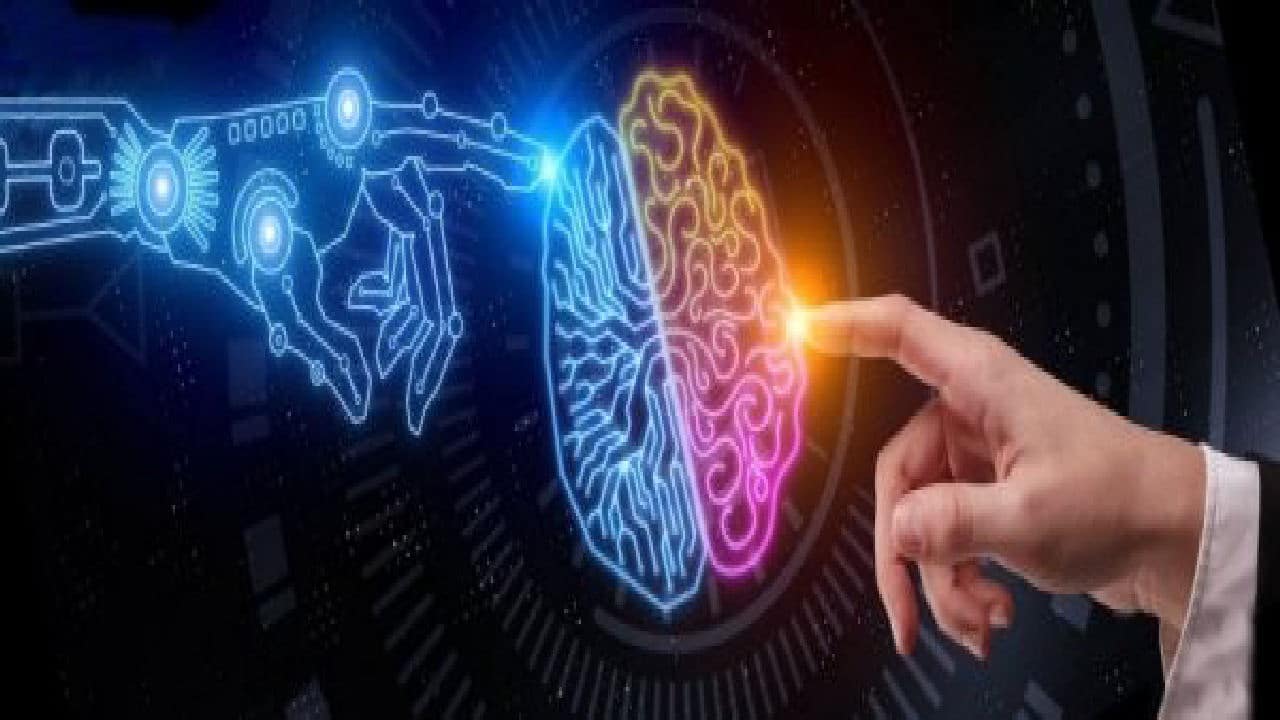Artificial Intelligence, AI Terms Defined

Artificial Intelligence is a catch-all phrase for computer systems that can perform tasks commonly associated with human cognitive functions such as interpreting language and speech, playing games, identifying objects and patterns.
Artificial intelligence, or AI, today is divided into three broad categories – ANI, AGI, and ASI. Artificial Narrow Intelligence, Artificial General Intelligence, Artificial Super Intelligence. Older AI terms include weak (narrow) and strong (general/super) artificial intelligence.
Most of AI in use today is artificial narrow intelligence (ANI). It is tightly focussed on a specific narrow task, in which it typically exceeds and often far exceeds the ability of an average human being in that narrow domain.
Examples of ANI include playing Go to world class standards, assessment of mammograms for evidence of early breast cancer, autonomous driving of a vehicle, natural language processing such as ChatGPT etc. It is currently arguable whether new systems that are in the pipeline, such as GPT4 from OpenAI, are beginning to show signs of Artificial General Intelligence. A recent assessment of GPT4 by a Microsoft Research Team said that it shows sparks of AGI.
Artificial General Intelligence and then Artificial Super Intelligence are current goals of AI research but there are no clear paths or strategies to achieving these much enhanced capabilities, despite too many overblown claims to be making real progress. Most, if not all, AI today lacks one essential component – any actual intelligence. Okay some of the results today from GPT type systems are impressive but in reality these are probabilistic word parrots who trot out the vast amount knowledge they were trained on with little evidence that they understand anything they produce.
